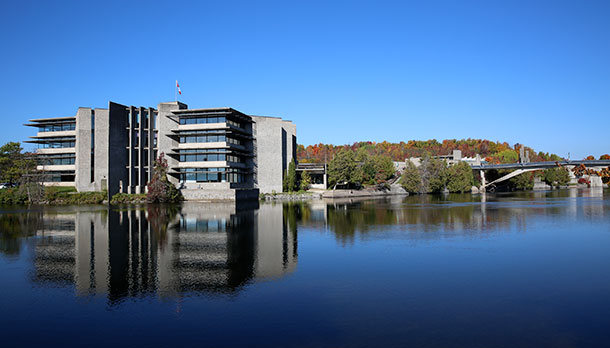Microplastics are Settling into Ontario Cottage Country Lakes
Ph.D. student looks at how long microplastics are staying in our environment
Brittany Welsh is a Ph.D. student in Trent University’s Environmental & Life Sciences program, focusing on the movement of microplastics in freshwater ecosystems. Working with Trent School of Environment professor Dr. Julian Aherne. Welsh is tracking the influx and outflow of microplastics in local lakes, a project that has also contributed to an international study on microplastics in lakes around the world.
Until recently, microplastics research was focused on the ocean environment, where plastic litter conspicuously accumulates. We know that microplastics have a variety of negative impacts on marine organisms when ingested, in some cases leading to mortality. Microplastics have also been found in seafood products, suggesting exposure to humans through consumption.
At a global scale, microplastics research had largely overlooked fresh waters because they were assumed to act as mere conduits, with lakes and rivers conveying terrestrial microplastics to marine environments. In reality, microplastics are more like an invasive species in our fresh waters.
Read the full article originally published in The Narwhal.

